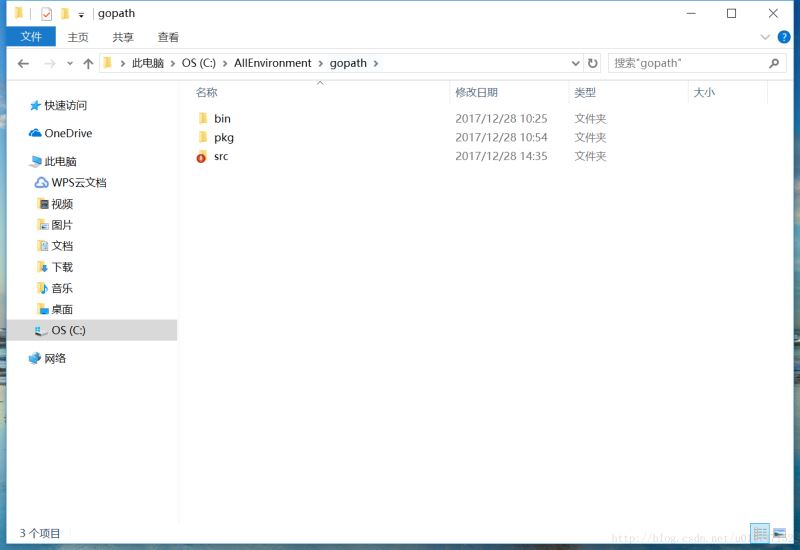1.Select语句基本语法:SELECT[all|distinct]字段列表[into表名][from表名][where条件表达式][group by [all]字段列表][having筛选表达式][order by 字段列表[asc|desc]][compute聚集函数列表[by字段列表]]注意:Select语句中的子句必须按照上述顺序使用。也就是说,若该语句包括一个group by子句和一个order by子句where,group by子句必须放在order by子句之前。Having子句类似于where子句,不同之处有两点:(1)Having子句必须结合group by子句使用;(2)where子句不能用聚集函数,而Having子句可以。下面通过实例来对Select的通常用法加以介绍。例1:选择所有的列,语法为select * from table_list如:select * from publishers例2:选择指定的列,语法为select column_name[,column_name]… from table_name如:select pub_id,pub_name from publishers例3:重命名查询结果中的列,语法为select column_heading= column_namefrom table_name如:select Publisher=pub_name,pub_idfrom publishers例4:select列表中的计算值,可以对select列表中的数值数据进行计算,下面列出了算术运算符。
符号运算+加-减/除*乘%取模如select title_id,total_sales,total_sales*2 from titles例5:使用distinct消除重复的查询结果可选的关键词消除select语句的结果中的重复行。若不指定distinct,缺省值为all,将检索出包含重复行的所有行数据。如:select distinct au_id from titleauthor例6:选择行——where语句select语句中的确切指定要检索哪些行的准则,其一般格式为:select select_list from table_list where search_conditionswhere子句中的搜索条件(或称限制)包括:·比较运算符(=,<,>,!=等=如:where advance*2>total_sales*price·范围(between和not between)如:where total_sales between 5000 and 10000·列表(in和not in)如:where state in(“CA,IN,MD)·匹配字符(like和not like)如:where phone like “0535%·未知值(is null和is not null)如:where advance is null·以上各项的组合(and, or)如:where advance<5000 or total_sales between 500 and 1000例7:用集合函数小结查询结果集合函数用特定列的数据来计算小结值。集合函数结 果Sum([all|distinct]expression)数值列中(不重复)值的总和Avg([all|distinct]expression)数值列中(不重复)值的平均count([all|distinct]expression)列中(不重复)非空值的数目Count(*)选定的行数Max(expression)Expression的最大值Min(expression)Expression的最小值如:select avg(advance),sum(total_sales) from titles where type=asselect count(*) from titlesselect avg(distinct price) from titlesselect max(price) from books例8:分组组织查询结果——group by 子句group by 子句用在select语句中将一张表分成若干组。如:select type, advance from titles group by type例9:选择分组数据——having子句having为group by 子句设置条件,与where为select语句设置条件一样。Having搜索条件与where相同,但having可包括集合函数,而where不能包括。下列语句使用带集合函数having子句的例子。它把title表中的行按类型分组,但去掉了那只包含一本书的分组。Select type from titles group by type having count(*)>1下面是一个不带集合函数的having子句的例子。它把title表中的行按类型分组,但去掉了那些不以字母“p开头的类型。Select type from titles group by type having type like “p%例10:查询结果排序——order by子句Order by子句允许按一列或多列对查询结果排序。每个排序可以是升序的(asc)或降序的(desc)。若不特别指明,则按升序进行。下列查询返回按pub_id排序的结果:Select pub_id,type,title_id from titles order by pub_id例11:连接——从多张表中检索数据连接两张或两张以上的表是这样一个过程:比较指定字段中的数据,根据比较结果用符合条件的行组成一张新表。举例:select publishers.pub_id,publishers.pub_name,authors.*from publishers,authorswhere publishers.city=authors.city例12:分组计算子句Compute是Sybase对SQL标准中Group子句的扩充,可以将其看作带聚集计算的Group子句。例如:Select type,price,advanceFrom titlesOrder by typeCompute sum(price),sum(advance) by type2.Insert语句用Insert命令向数据库中添加行有两种方法:使用关键词values或使用select语句。Insert语句的基本语法为:Insert[into]表名[(字段列表)]{values(值列表)|select_statement}举例:insert into publishersvalues(‘1622’,’Jardin,Inc.’,’Camden’,’NJ’)Insert into publishers(pub_id,pub_name)values(‘1756’,’The Health Center’)Insert authors select * from newauthorsInsert authors(au_id,address,au_lname,au_fname)Select * from newauthors3.Delect语句Delect可以对一行或多行进行操作。Delect语句的基本语法为:Delect 表名[from 表名列表][where条件表达式]举例:Delect publisherswhere pub_name=Jardin,Inc.Delect titlesFrom authors, titlesWhere titles.title_id=authors.title_id4.Update语句可以使用Update命令来改动表中的单个行、一组行或所有行。Update语句的基本语法为:Update表名Set column_name1={expression1|null|(select_statement)}[,column_name2={expression2|null|(select_statement)}][……][from 表名列表][where 条件表达式]举例:update authors set_au_lname=Health,aufname=Goodbodywhere au_lname=Blothupdate titlesset total_sales=total_sales qtyfrom titles,saleswhere titles.title_id=sales.title_id


